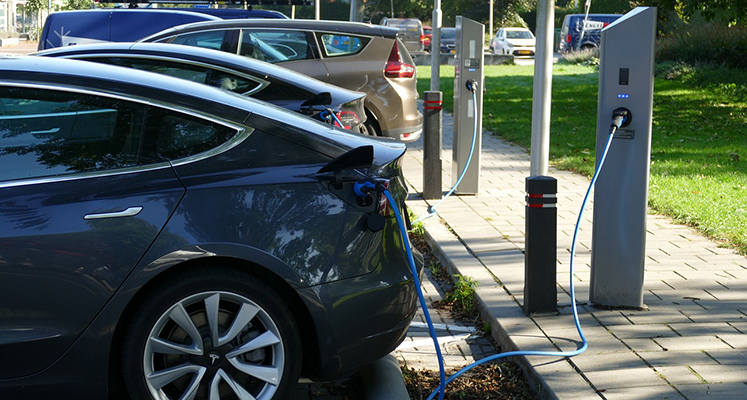Network operator Stedin has invested € 832 million in its gas and electricity networks in 2023. That is € 120 million (+17%) more than the previous year. The network company writes this in its annual report. Also in 2024, Stedin is accelerating its investments. Incidentally, this does not prevent the electricity network from being full in more and more places. Stedin is therefore appealing to consumers, businesses and governments to jointly reduce the pressure on the electricity grid and make optimal use of sustainable energy sources.
In 2023, Stedin installed 266 new transformer houses and laid 892 kilometers of cables. Together, this resulted in 513 megavoltamperes of additional capacity. With this, you can supply all the homes of a city the size of Rotterdam with electricity at once. Despite these efforts, 1,100 large-scale consumers are on Stedin's waiting list for a new or heavier electricity connection. The number of voltage complaints doubled: some 3,000 consumers reported to Stedin that, with some regularity, the inverter of the solar panels failed because the cable in the street was full of solar power around noon.
Koen Bogers, CEO of Stedin: ,,Stedin is pulling out all the stops to expand the electricity grid. We are investing at least €8 billion until 2030. But that's not enough. Especially in the evening peak, between 16.00 and 21.00 hours, and on sunny spring and summer days, the grid is bursting at the seams. This is becoming a growing social problem. We are asking consumers and businesses to adjust their behavior and consider when they need a lot of electricity. For consumers, Stedin is launching an awareness campaign for this on February 28. After all, it matters when you use energy. If we adjust our behavior, network operators can free up more capacity. Grid operators can then use that to connect companies on the waiting list, as well as new homes and schools.''
'Charging pole off in evening peak'
Stedin states in its annual report that municipalities and provinces can also help by making sharp choices to better utilize capacity on the busy electricity grid. In some urban areas, 20% of all the capacity Stedin is adding to the grid until 2030 will go to street charging stations. Stopping charging in the evening peak will make extra space available on the grid. For every charging station turned off in the evening peak, Stedin can connect roughly one additional new home. This could eventually add up to extra space for the construction of 45,000 homes in an entire province.
Charging cars around dinner time is by no means necessary for everyone. It can be done at other times of the day, such as when there is plenty of solar power available or at night when the grid is quieter. Stedin says that in the new sustainable energy system, the Netherlands will choose more clearly what gets priority and what does not. Stedin is therefore appealing to municipalities, provinces and charge post operators. Together, they can ensure that avoiding the evening peak becomes the norm for charging stations.












